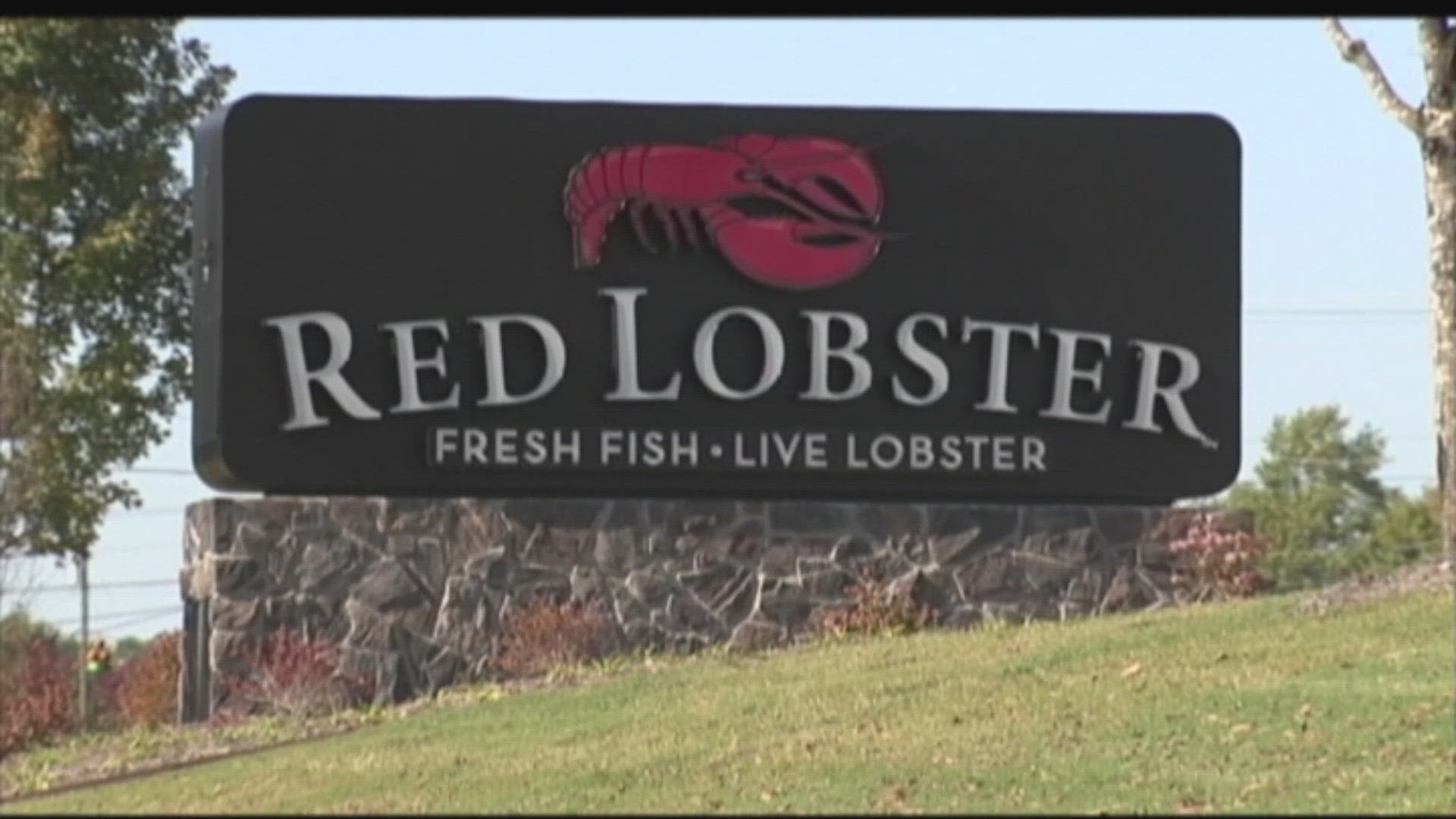ORLANDO, Fla. — When Red Lobster diners tucked into the seafood chain's all-you-can-eat shrimp, they were also biting into something else — the company's profits.
In June, Red Lobster made its popular "Ultimate Endless Shrimp" promotion, which it had long offered on a limited-time basis a permanent fixture on its menu. The goal: to boost foot traffic to its restaurants between July and December, when sales typically slow.
Under the all-you-can-eat offer, diners get two shrimp-based dishes to start, but then can order as many additional shrimp dishes as they want, including favorites like Popcorn Shrimp, Garlic Shrimp Scampi and Shrimp Linguini Alfredo.
Customers ate it up. But while demand for endless shrimp surged, Red Lobster struggled to turn a profit while serving mounds of shellfish at a comparatively bargain-basement price. Boosting the offer price to $22 and even $25 failed to stem the losses, which contributed to a downbeat quarter for Red Lobster's owner, Thailand-based Thai Union.
Lesson learned. "We need to be much more careful regarding… what is the price point we're offering for this promotion," Thai Union Chief Financial Officer Ludovic Garnier said in an earnings call earlier this month.
The popularity of Red Lobster's unlimited shrimp feast coincides with a recent spike in visitors to all-you-can-eat chain restaurants. In March, Golden Corral, Cicis, and Pizza Ranch — three popular buffets offering prix-fixe dining — saw a 125% increase in foot traffic over two years, data from foot-traffic tracker Placer.ai shows.
The growing popularity of all-you-can-eat dining options comes as Americans say they're still feeling the pain of higher consumer prices even as inflation cools.

